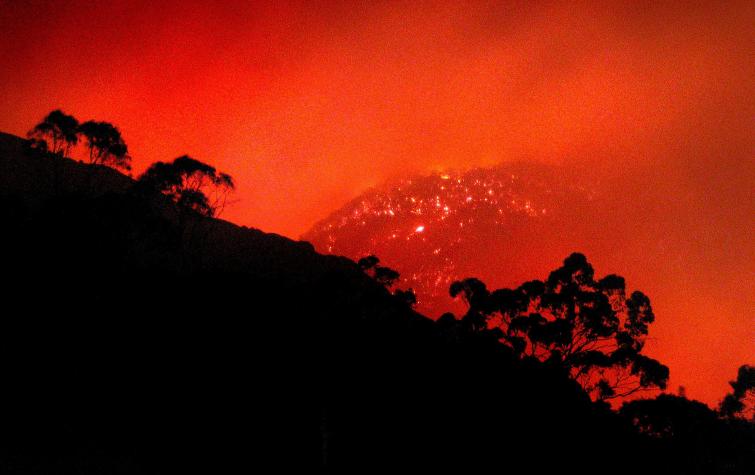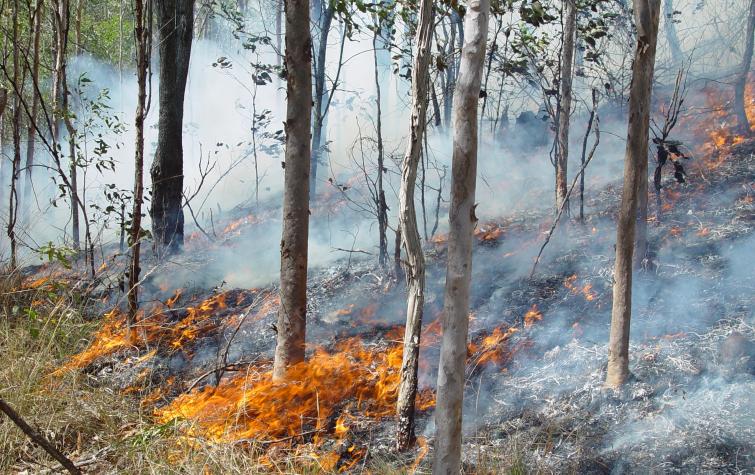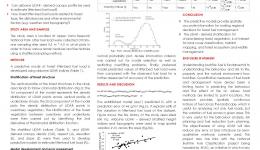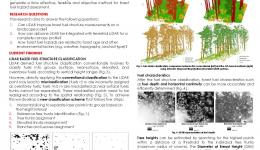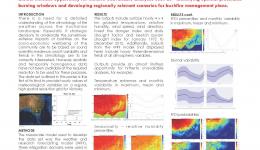Dr Sarah Harris is the Manager Research and Development at Country Fire Authority (CFA). Sarah has 15 years’ research experience in fire and climate science at Monash University, Department of Sustainability and Environment (now DELWP) and NASA’s Jet Propulsion Laboratory. Sarah’s research focuses on the variability and change in fire weather, climate-wildfire links and prediction of seasonal wildfire activity. Sarah also has extensive experience using remotely sensed data in wildfire applications.
Project leadership
Lead end user
Fire behaviour in dry eucalypt forests in Australia (and in many other vegetation types to a lesser extent) is characterised by the occurrence of spotfires—new fires ignited by the transport of burning debris such as bark ahead of an existing fire. Under most burning conditions, spotfires play little role in the overall propagation of a fire, except where spread is impeded by breaks in fuel or topography and spotfires allow these impediments to be overcome. However, under conditions of severe bushfire behaviour spotfire occurrence can be so prevalent that spotting becomes the dominant propagation mechanism and the fire spreads as a cascade of spotfires forming a ‘pseudo’ front. It has long been recognised that the presence of multiple individual fires affects the behaviour and spread of all fires present. The converging of separate individual fires into larger fires is called coalescence and can lead to rapid increases in fire intensity and spread rate, leading to the phenomenon of a ‘fire storm’. This coalescence effect is frequently used in prescribed burning, with multiple point ignitions used to rapidly burn out large areas.
The team has demonstrated the performance advantages of fire propagation models incorporating curvature dependence when applied to simple wind-driven fires at both laboratory and field scales. The research has also produced fundamental insights into how the shape of the fire line affects the dynamic behaviour of the fire as a whole. Coupled fire-atmosphere modelling was used to investigate how fire-induced air movements (pyroconvection) can produce significantly enhanced rates of spread for certain fire shapes.
Resources credited
| Type | Released | Title | Download | Key Topics |
|---|---|---|---|---|
| Presentation-Slideshow | 06 May 2020 | Webinar 1 (6 May): Sarah Harris presentation |
|
fire, fire impacts, prescribed burning |
| Presentation-Slideshow | 23 Nov 2018 | A guide to develop bushfire case studies – a case study for cropland fires |
|
|
| Presentation-Slideshow | 11 Sep 2015 | Victoria Fire Weather Climatology Dataset |
|
fire weather |




